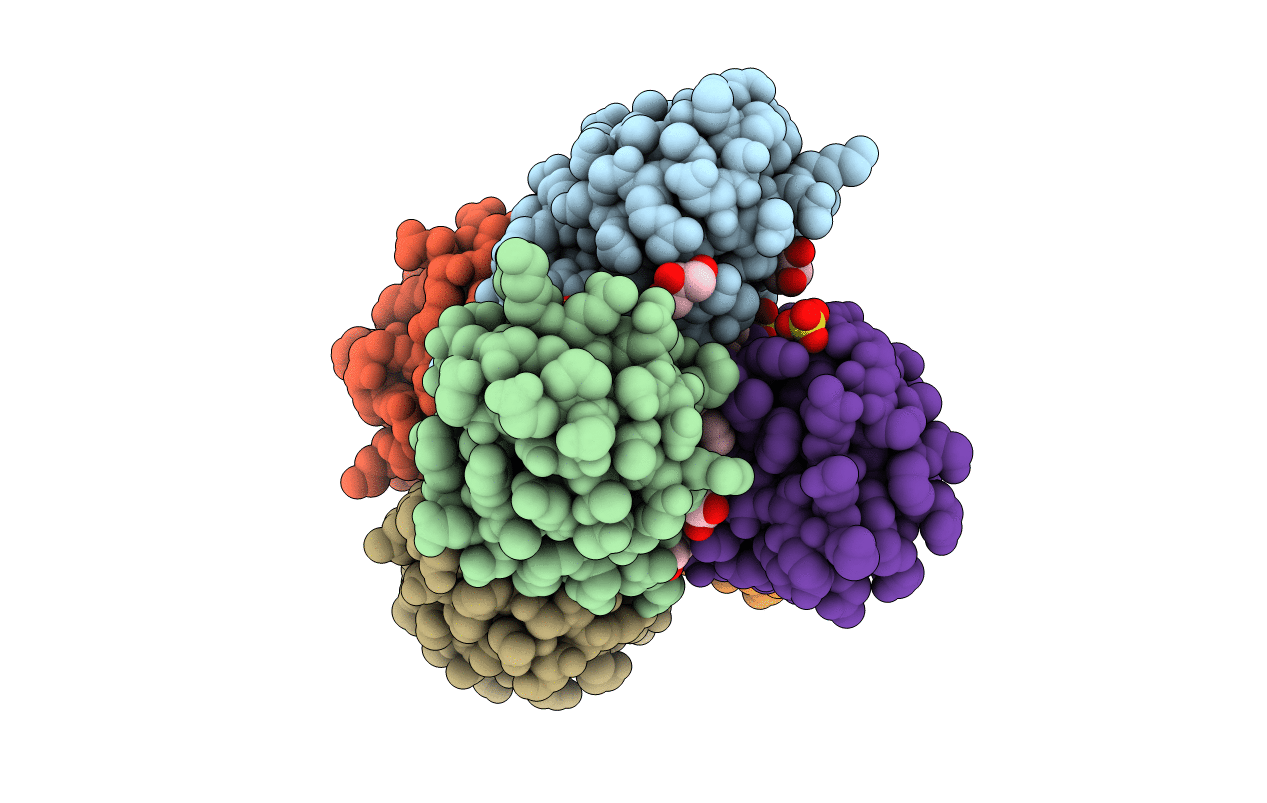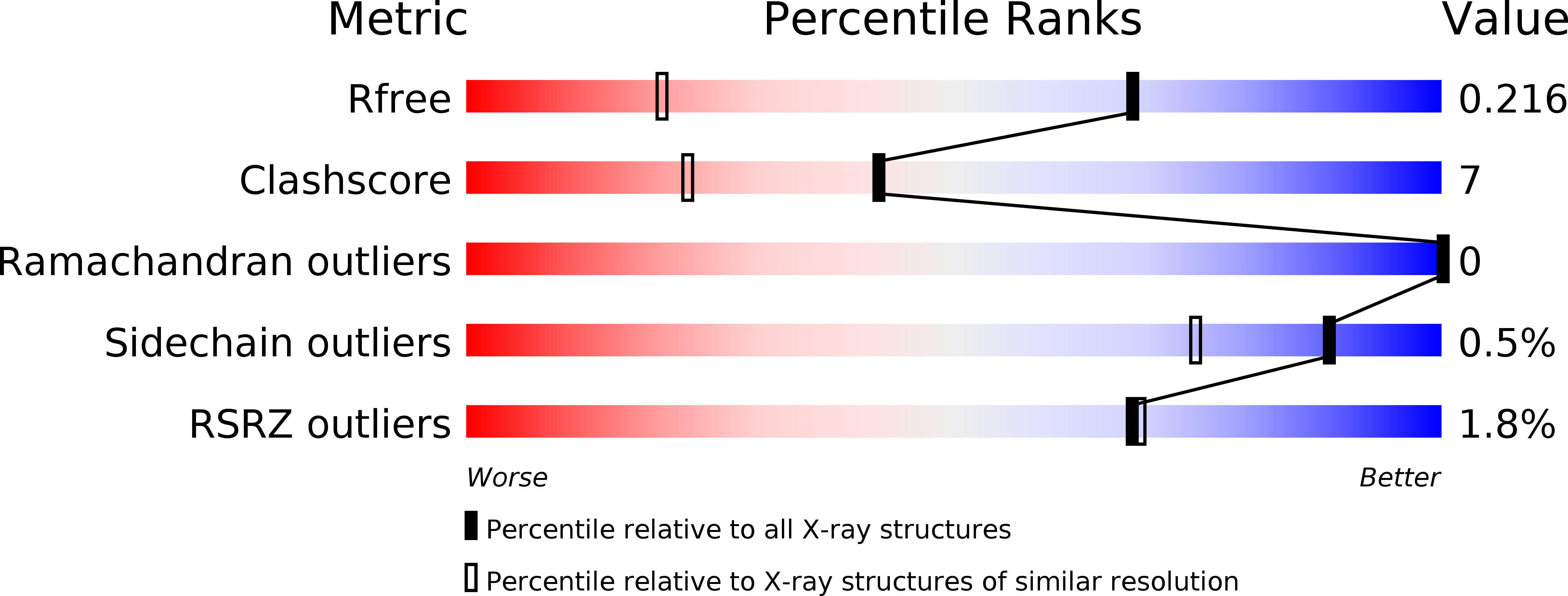
Deposition Date
2018-07-11
Release Date
2018-11-14
Last Version Date
2023-10-11
Method Details:
Experimental Method:
Resolution:
1.45 Å
R-Value Free:
0.20
R-Value Work:
0.18
R-Value Observed:
0.18
Space Group:
P 41 21 2


